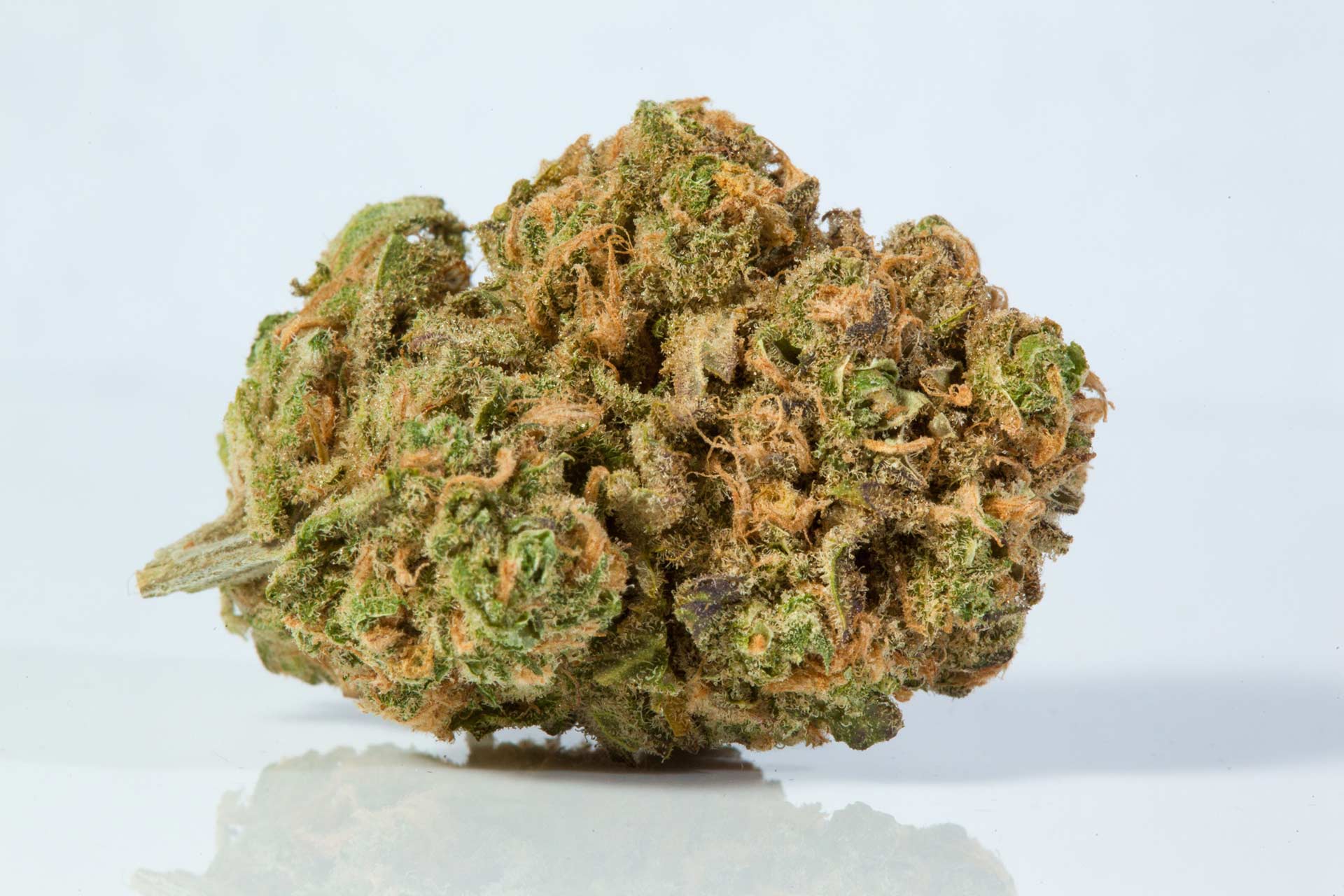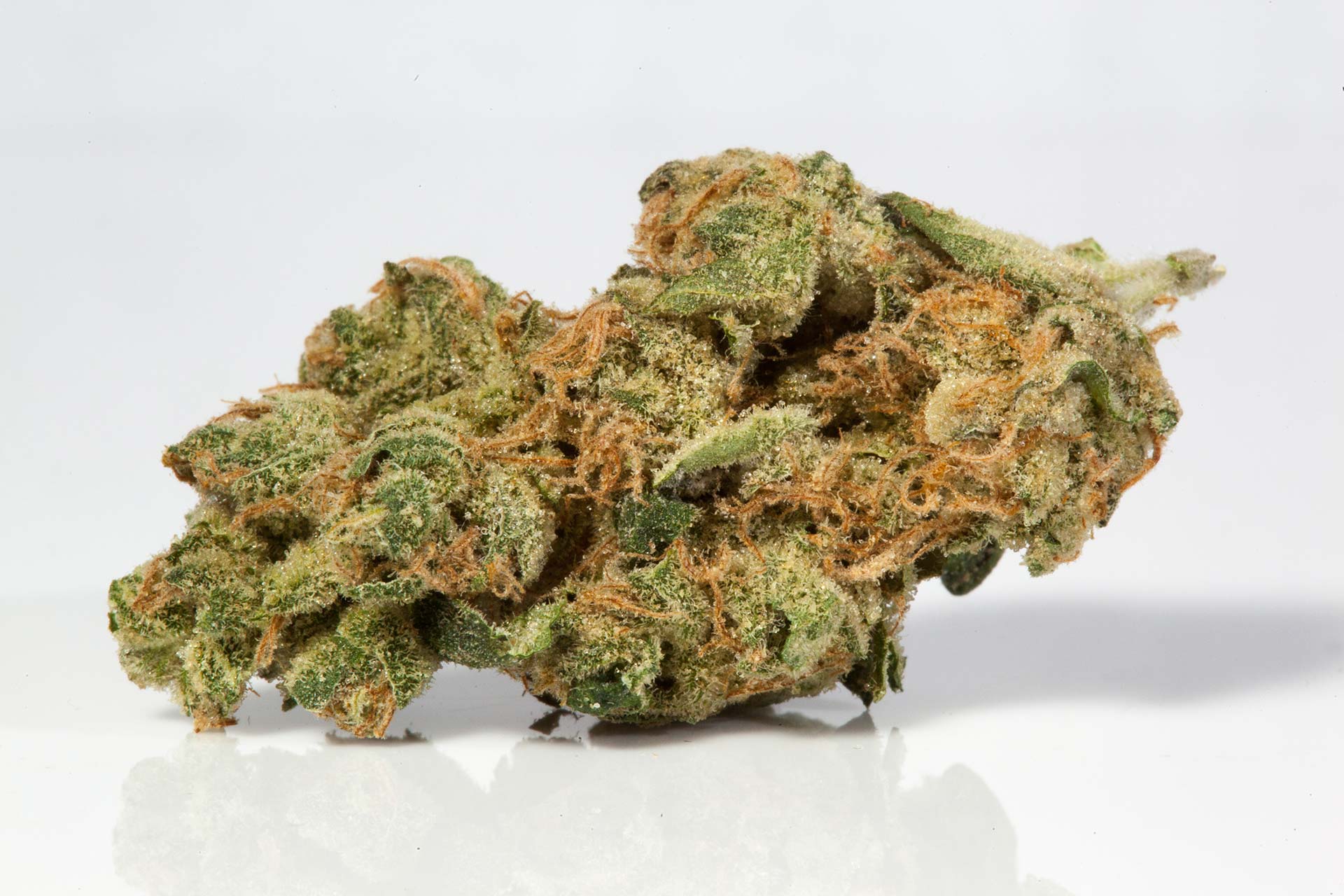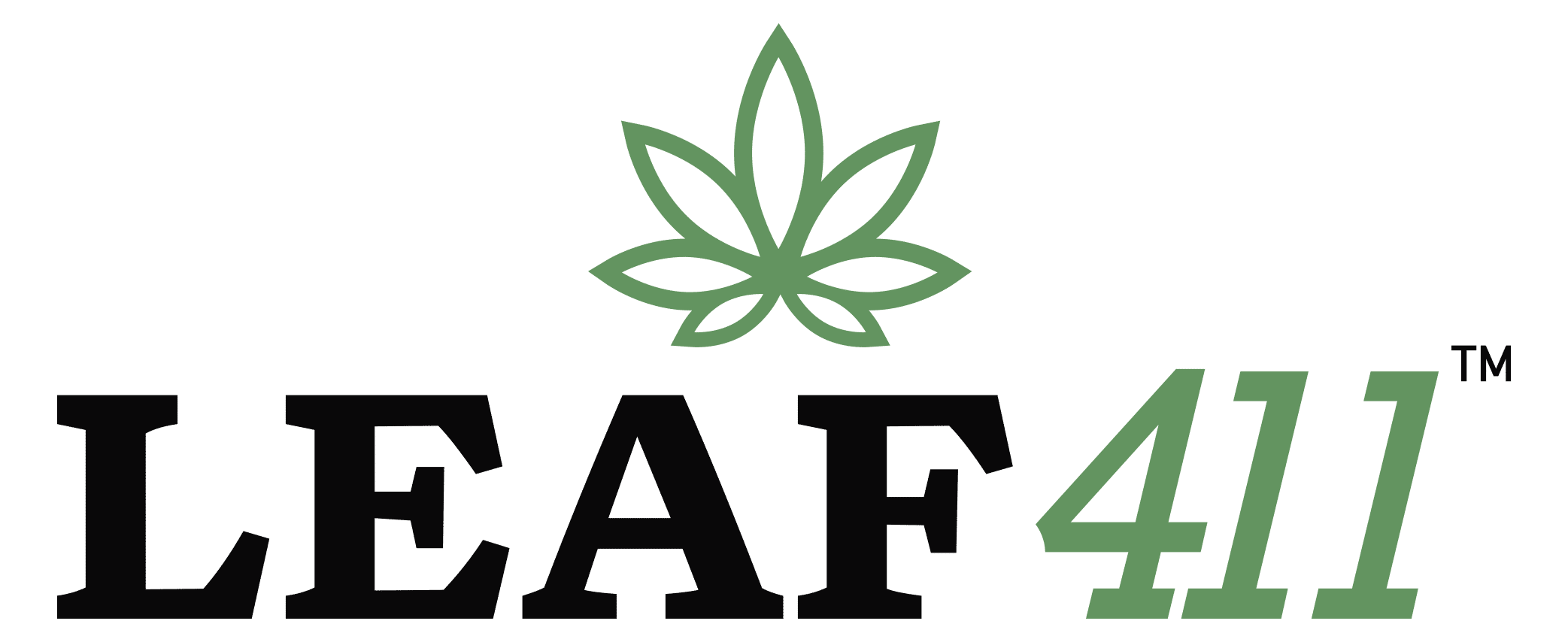Medically reviewed by Katherine Golden, RN
Written by Denise Rustning
If you visit internet forums, you’ll find countless questions like, “What’s the best marijuana strain for pain?” or “What’s the best daytime strain for me?”
In this post, we’ll help you find the best product for your specific needs by taking a look at the role that terpenes play in cannabis’s effects. (Not sure what terpenes are? Check out our previous post here.)
Why do terpenes matter? Isn’t it just a matter of finding the plant with the most THC?
The short answer: No. It’s not all about THC or even the type of strain.
Many people compare the THC or CBD to a singer in a rock band. Sure, they lead the show, but without all the other instruments, the experience would be very different!
Different Cannabis Types: Sativa, Indica, and Hybrid
Step into a legal marijuana dispensary or look online at their menu, and you’ll find many different product choices. (We use “marijuana” when talking about cannabis containing >0.3% THC.)
Cannabis is usually divided into three general groups—sativa, indica, and hybrid. Within each of these groups, you’ll find different strains (scientifically referred to as “chemovars”).
What makes all these strains’ effects so different from one another? You might be surprised to find out it’s not whether the strain/chemovar is classified as a sativa, indica or hybrid, or even the amount of THC.

Sativa, Indica or Hybrid Plants: The Scientific Perspective
There’s ongoing debate if the cannabis plant includes several distinct species or not: cannabis sativa, cannabis indica, and cannabis ruderalis. Scientifically speaking, these three different types of cannabis have a lot to do with how the plants grow, and not so much on the plants’ therapeutic effects.
Sativa plants grow taller with narrower leaves, while indica plants tend to be shorter and bushier with wider leaves. Ruderalis is a much smaller low-THC plant that you won’t likely find in dispensaries.
Indica plants tend to be easier to grow due to their compact size and shorter flowering season. This has made indica more popular among growers. Indica plants are crossed with sativa plants to create hybrids that improve plant growth and harvest yields. In other words, most cannabis today is a hybrid, combining genetics from indica and sativa strains.
If that’s the case, then why do so many people reference various cannabis strains/chemovars as being sativas, indicas or hybrids?
When most people reference a particular strain/chemovar as being a sativa, indica or hybrid, what they are really talking about is the therapeutic effects the plant will deliver.
Sativa strains/chemovars have a reputation for being uplifting and energizing, while indica strains/chemovars are known to be more sedating. Hybrid strains combine elements from both sativa and indica strains/chemovars.
Those effects are the result of all the plant compounds working together, including the plant terpenes, not simply the particular strain or THC/CBD content.
How Marijuana Strains Are Alike
All cannabis strains contain THC and CBD. In fact, a recent study showed that the levels of THC and CBD are almost the same in about 75% of marijuana, regardless of strain or even whether it’s classified as a sativa, indica or hybrid. (A few high-CBD marijuana strains exist that are the exception to this rule.)
The Blue Dream strain/chemovar and the Sour Diesel strain/chemovar both contain about 19% THC and very little CBD. However, your experience using these two strains will likely be very different. Why is that?
What Makes Strains Different: Terpenes
Remember how we said that THC and CBD are like a lead singer in the band?
To continue that example, the other plant compounds are like the rest of the band, adding to the experience. And if you change up the band, then the experience can be very different.
If you’ve ever heard a singer do a special performance with a symphony instead of their regular band, then you know the difference that the other instruments play in setting the mood and shaping the experience.
Likewise, marijuana strains with similar THC and CBD amounts have different minor cannabinoids and terpenes which create very different effects.
Let’s look again at Blue Dream and Sour Diesel, the two strains/chemovars with very similar amounts of THC and CBD, to see how this works:
In the Blue Dream strain, the myrcene terpene is dominant, with pinene as well. The myrcene creates a relaxing, anti-inflammatory effect, while the pinene also addresses inflammation and pain.

Sour Diesel, on the other hand, is dominated by caryophyllene and limonene terpenes. The caryophyllene and limonene contribute to this strain’s reputation for being energizing and uplifting, reducing depression and pain.

Finding the Right Terpenes
How do you find a strain/chemovar that contains a specific terpene? Leafly offers a “Find Your Strain” tool that can help you identify strains by terpene profile.
A few dispensaries, including our supporting member Lightshade, include terpene profiles online with their flower products; however, many dispensaries do not.
Budtenders should be able to help answer questions about strains which feature specific terpenes. In some states, including Colorado, you can even smell the flower in the dispensary, allowing you to identify the dominant terpene strains with your own nose.
Max Montrose from Trichrome Institute explains how smell can lead you to the strongest terpenes in the video clip below.
Growing Seasons and Conditions
If you eat fresh fruit or vegetables, you know that growing conditions and the time of year can make a big difference in the flavor. The same goes for marijuana flower.
Each state with legal recreational and/or medical marijuana has different laws restricting who can grow and where they can grow. Growing outdoors is a popular option, though companies face challenges posed by weather, pests and disease. While growing indoors provides more control, it’s also quite a bit more expensive. Indoor growers also face challenges with mold and spider mites.
How Terpenes Are Affected by Growing Methods
Individual growers can end up with very different results from the same strains based on where and how they grow and harvest their plants.
Let’s go back to our Sour Diesel example. Imagine that two different companies are growing this strain.
- One grower might be focused on producing the most flower for the lowest price. Their Sour Diesel flower will contain all the cannabinoids and other plant compounds found in this strain/chemovar. However, it’s very likely that their product will lack the strong terpenes that come from careful cultivation and harvesting.
- Another grower might take those same Sour Diesel seeds, but use different growing methods designed to maximize all the plant compounds, including the terpenes. It takes more time and effort (and money!) to create high-quality flower. Though this flower costs more, you get bigger benefits and may even have to use less to achieve your health goals.
You may even notice some variation in the same strain/chemovar sold at the same dispensary over time. These variations shouldn’t be extreme in high-quality products, however.
Tips for Finding the Right Marijuana Strain for Your Needs
The different options may have you feeling overwhelmed at this point! However, it’s a big improvement from the old days of buying a bag of mystery buds without any knowledge of where they came from or what they contain.
Here are some tips to help you find the best flower strain/chemovar for your needs:
- Start with your specific goals and then find a product that fits, not the other way around.
- If you need help matching your goals to terpenes and cannabis strains/chemovars, give Leaf411 a call at 1-844-LEAF411 (1-844-532-3411). Our cannabis-trained nurses are happy to help with your questions!
- Remember that the THC levels are similar across most strains/chemovars, unless the strain is specifically grown to be high CBD. The terpenes are what create different effects.
- Focus on plant terpene profiles, not whether the strain/chemovar is listed as an indica, sativa or hybrid.
- Ask a budtender for help finding strains with specific terpene profiles.
- Find dispensaries that have a reputation for selling high-quality flower. You can check the Leaf411 member directory for dispensaries we’ve vetted that are committed to sourcing top-of-the-line products. Online reviews are also helpful.
In our next post, we’ll provide more information to help you prepare for your first dispensary visit. Be sure to check back next week!
Subscribe to our newsletter below and stay up-to-date on Leaf411 events and information.
Have questions about terpenes? Our nurses can help! Call our free, anonymous hotline at 844-LEAF411 (844-532-3411).
The Leaf411 cannabis nurse hotline provides free education and directional support to the general public about the safe use of legal cannabis. We partner with select business members who meet our rigorous standards to extend our education and outreach efforts.
